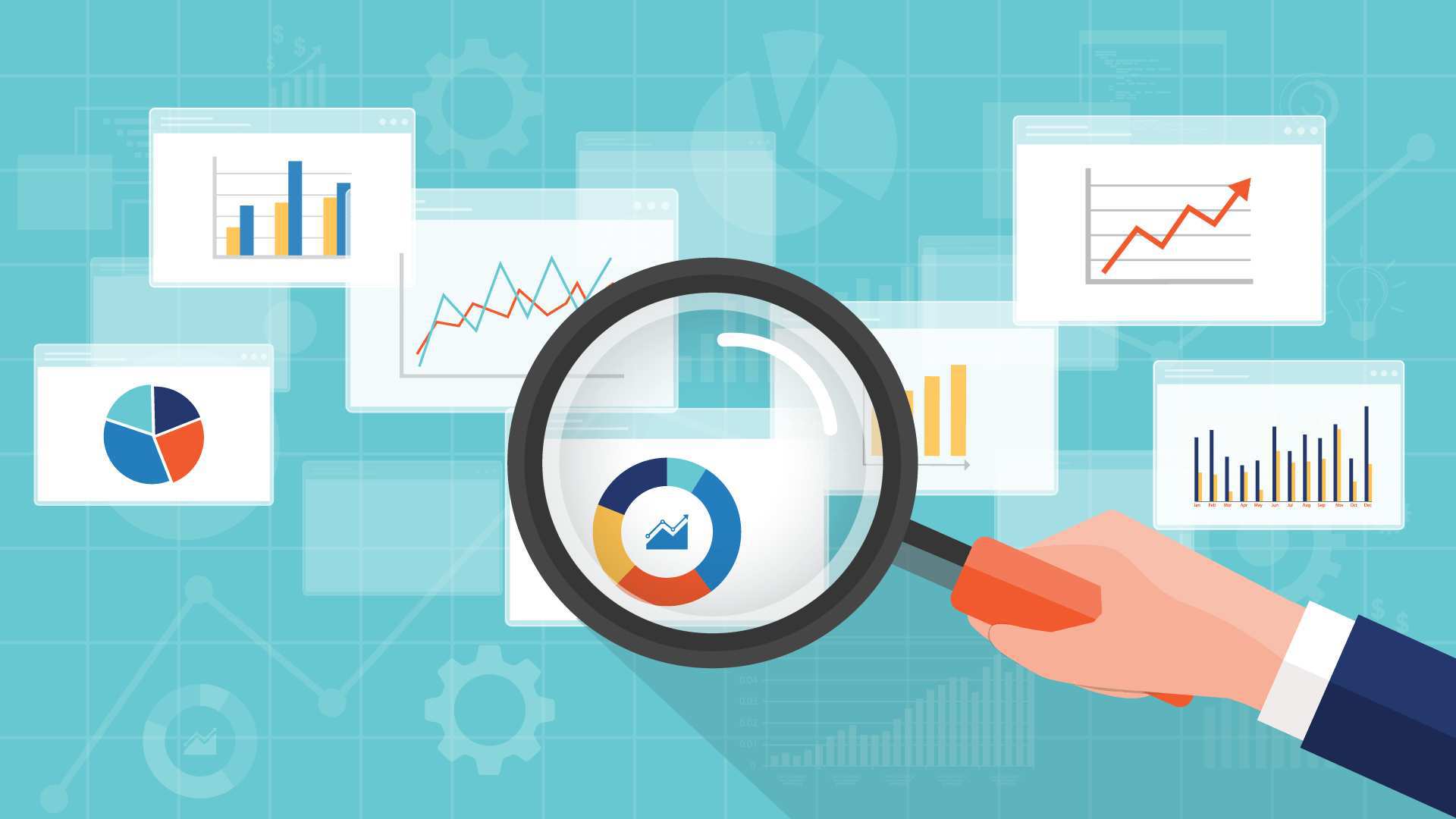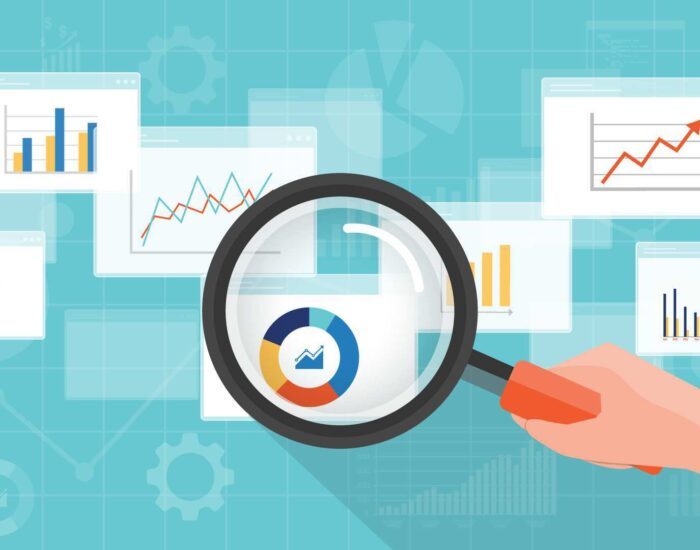Analytics methods collect, display, and share data to assist you in making judgments or, at the absolute minimum, expedite the decision-making procedures inside your organization.

What is an Analytics Method?
Although analytics tools can take various forms, the term typically refers to software that assists organizations in analyzing data. Decision support systems and business intelligence tools are common synonyms for analytics tools.
Organizations are placing a greater emphasis on data analysis due to its substantial value-creation potential. An analytics instrument facilitates the manipulation, examination, and dissemination of data in order to improve business outcomes and decision-making while mitigating risks ultimately.
With the escalating significance of data and the corresponding demand for expertise in data and analytics, the concept of being “data-driven” is constantly changing. Individuals who are able to accelerate the development of their capabilities will gain the most from their analytics instrument.
Coporton’s solution is an example of software that incorporates BI tools and decision support systems. The objective of the Analysis & Insights module is to furnish you with the appropriate insights and foundation for analysis. Integration with existing BI solutions is also provided, enabling the use of data in both systems.
How Do I Use a Tool for Analytics?
An analytics tool facilitates comprehension of internal and external environments, allowing for decision-making across multiple levels (macro, micro, real-time, cyclical, strategic, tactical, and operational). Additionally, it presents fresh prospects for discovering insights into domains or inquiries that were previously unknown to you or that you ought to inquire about.
Organizations employ analytics tools primarily to monitor their progress and proactively identify and resolve issues. Frequent use cases consist of:
- Conducting trend analysis, monitoring pertinent key performance indicators (KPIs), and detecting deviations.
- Providing pertinent, comprehensible, and quality-assured information to decision-makers.
- Implementing graphical representations and interactive table views to illustrate data.
- Ad hoc examination.
- Compilation and reporting of data and information.
Financial data analysis is frequently an integral component of analytics work. This may consist of analyses, profit reports, and other financial reports; it may also involve budget simulations, financial forecasts, rolling forecasts, or financial scenario planning.
When it comes to analysis and analytics tools, the type of organization for which you work, the sector in which you operate, and the company’s key performance indicators and objectives are frequently determinants.
Business operations in larger organizations rapidly become intricate due to data in numerous source systems, including ERP, HR, and CRM systems. Hence, analytics tools are frequently required to facilitate the evaluation of the organization’s and personnel’s performance. These tools comprise built-in functionalities and integrations with various source systems.
McKinsey defines Corporate Performance Analytics as a digital platform that facilitates the comparison of financial performance data. Its purpose is to assist in the formulation of strategies and the acquisition of insights via data-driven decision-making.
What Kind of Analytics Plan Should I Have?
According to Gartner, every business needs to establish what an analytics tool means to them and determine which initiatives (projects) and expenditures are required. To execute the plan, you should also endeavor to close any gaps in the organizational delivery methods, architectures, and data ecosystem.
- The organization’s vision, mission, and goals should come first.
- Analyze how analytics (and the analytics technology) affect these objectives strategically.
- Prioritize tasks based on data and analytics objectives to meet business objectives.
- Create a strategic data and analytics roadmap.
- Implement the initiatives, programs, and products on the roadmap using a contemporary and coherent operational/business strategy.
- To get support, explain the analytics strategy’s effects and results.
What Makes an Analytics Tool Useful?
Improved insights and analytics have turned into a competitive advantage for many businesses. To get there, it’s critical to create teams, knowledge, procedures, and habits that support efficient decision-making.
While data and analytics are frequently utilized to improve operational efforts, McKinsey claims that the management of data and analytics that support business strategy hasn’t seen the same shift.
McKinsey states that your business receives the following benefits when management uses data and analytics technologies in strategic work:
- Prior to reallocating resources, evaluate the possibility of success in order to reduce bias in decision-making.
- You can find untapped development potential by using data to supplement conventional brainstorming techniques.
- By keeping an eye on how your company’s external environment is developing, you can see early-stage trends and act before your rivals.
- Use insights from your own data research and the interactions of various influencing factors to forecast market evolution.
Many businesses are undergoing digital transformations and switching to more agile working practices; in these instances as well, data and analytics are crucial in forming strategic strategies.



This is a useful post for finding broken links within the website, what about links pointing outwards that are broken? I can use a free web service but wondered if this was possible.
Great tool! I am using a redirect plugin to send all my 404’s to my home page but I think it’s slacking sometimes.